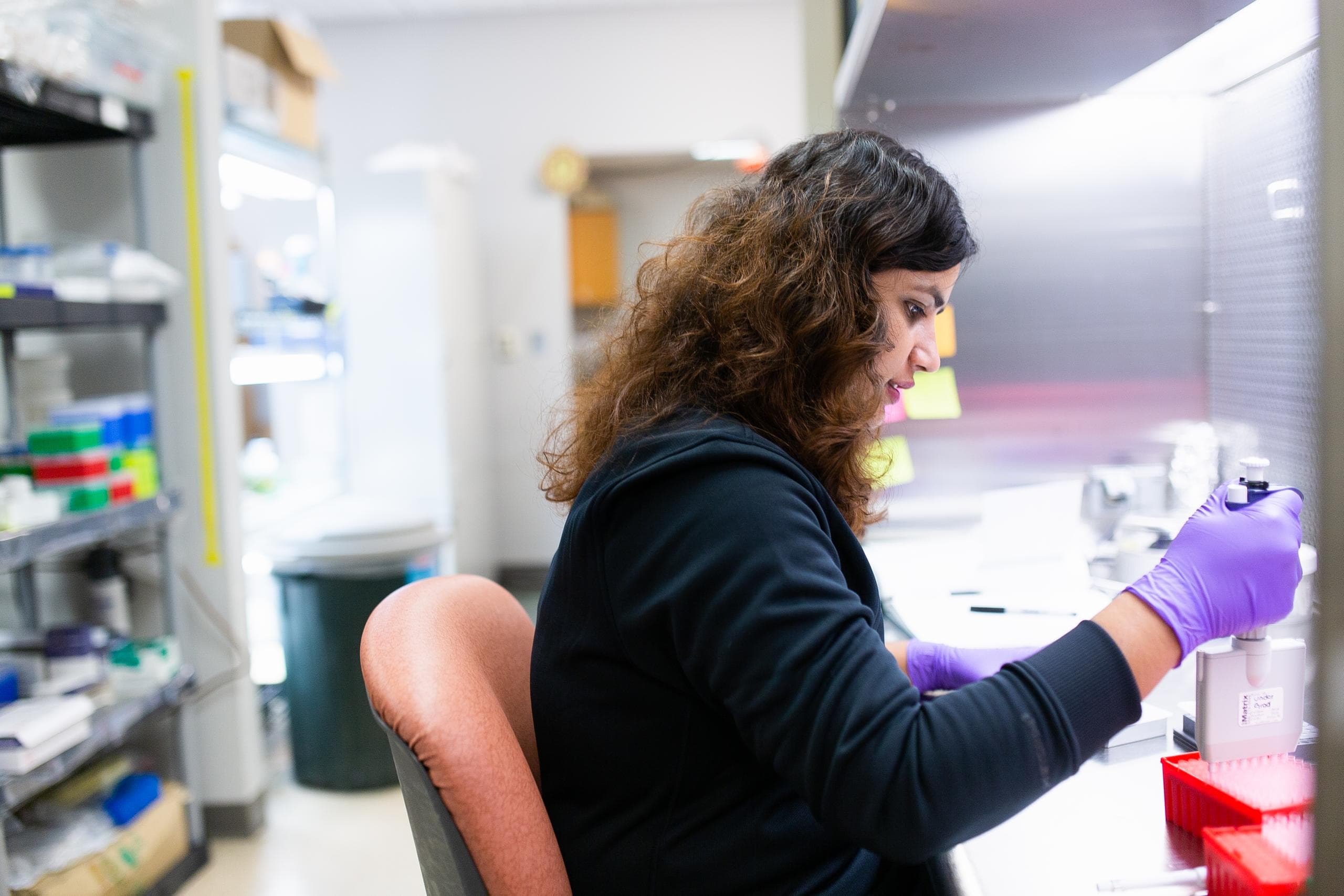Evaluation of genetic diversity of Asian callery pear
-In this endeavor, Shiwani (MS student) is evaluating species diversity using de novo gSSRs. We accrued samples of non-cultivated P. calleryana from Asia. Molecular markers will be tested for cross-amplification to related species as well.
Project synopsis
Asian callery pear (Pyrus calleryana) was brought to the U.S. more than a century ago, in hopes to breed with the edible pears, as a donor of resistance against fire blight bacteria (Erwinia amylovora). Realizing the ornamental potential of the tree (among the very first to blossom, come spring), many commercial cultivars were released ('Bradford', anyone?).
After escaping cultivation (1960s onward), the rouge callery pears now swarm the continental US, but also invade Europe. Thick thorns can puncture tracktor tires (forest harvest), and drain the nutrients pool.
Successful management strategies are needed, but for their basis we need information about the species diversity. To evaluate that, perhaps the best approach is population genetics using molecular markers.
Project goals
- Development de novo molecular markers (gSSR) based on the closely related genome of P. x bretschneideri
- Testing the markers for possible cross-amplification to other closely related species of Pyrus
- Evaluation of diversity of P. calleryana collection from the species native range
Financial support
Shiwani Sapkota and myself gratefully recognize the financial support of the Student-Faculty Research Award (SFRA, University of Tennessee Graduate Council), Fall 2019 edition.
Other resources and collaborators
We are grateful to Dr. Robert N. Trigiano for generously sharing his lab space, equipment, and resources for execution of this project. Ryan Kuster MS and Dr. Bode Olukolu skillfully developed the gSSRs. We are thankful to several institutions, for sharing with us their living (Arboreta) and preserved (Herbaria) collections.
- Arnold Arboretum Herbarium (Boston, MA)
- Arnold Arboretum of Harvard University (Boston, MA)
- Carnegie Museum of Natural history (Pittsburgh, PA)
- Idaho Museum of Natural History (ISU, Pocatello, ID)
- Illinois Natural History Survey (Champaign, IL)
- Morris Arboretum (Philadelphia, PA)
- The Morton Arboretum (Lisle, IL)
- U.S. National Arboretum (USDA-ARS, Washington, DC)
